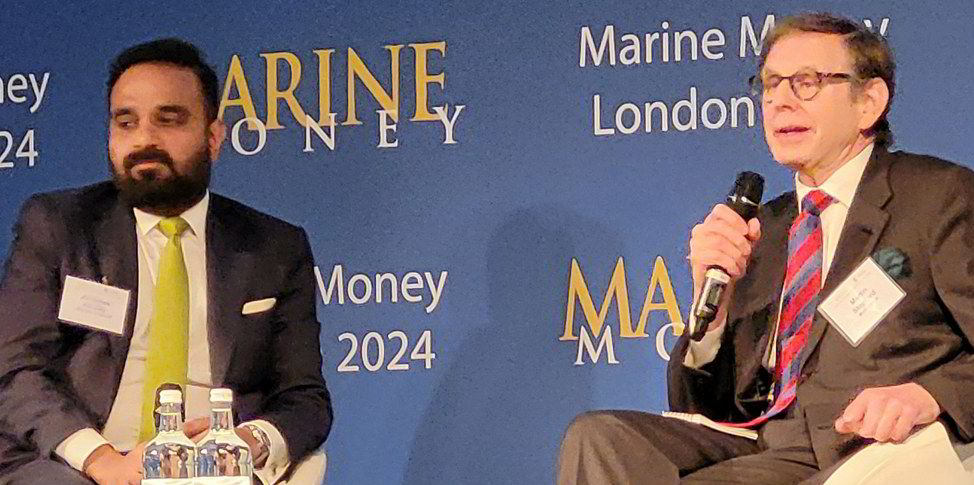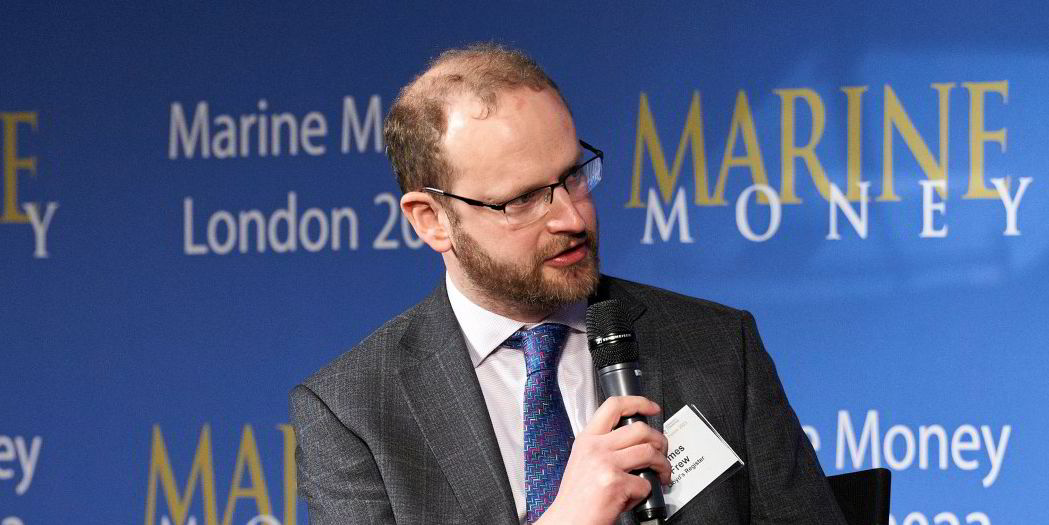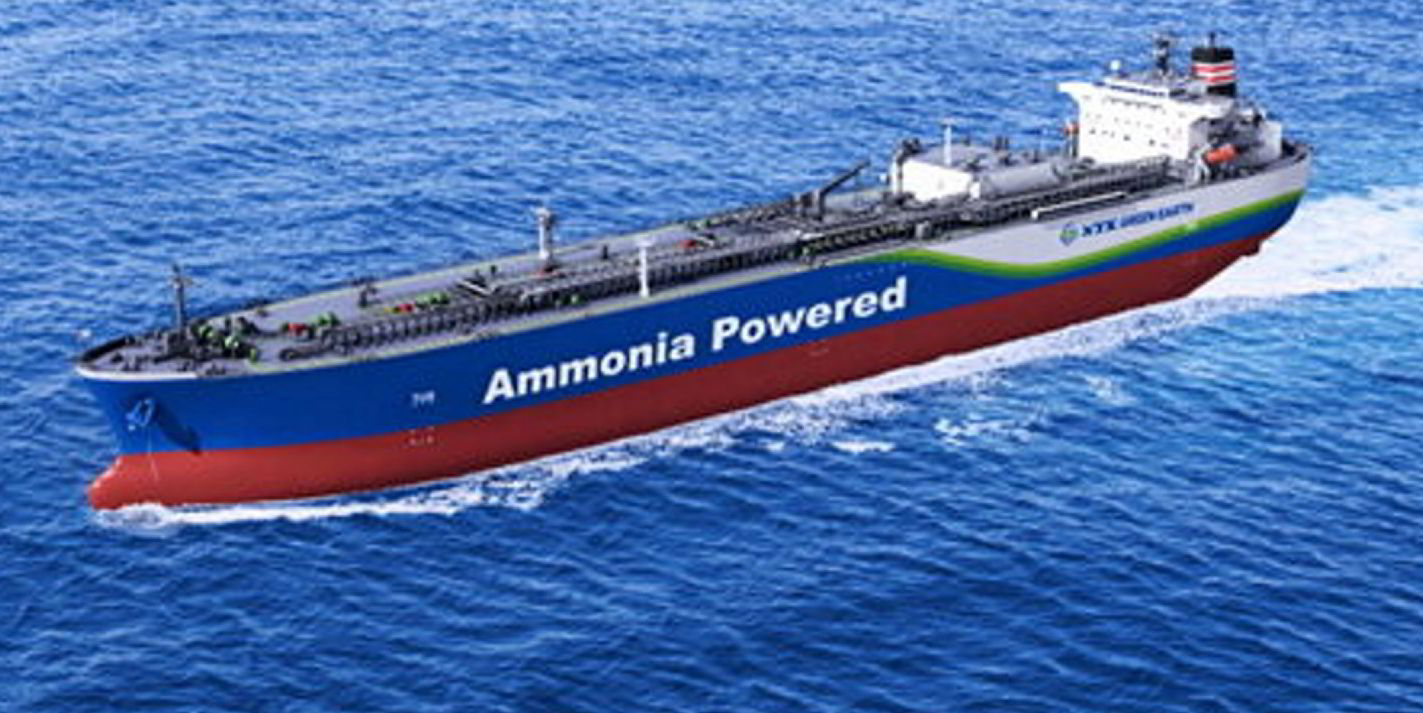Shipowners and operators need to approach the energy transition in three phases, long-standing shipping economist Martin Stopford says.
In an on-stage interview at the Marine Money conference in London on Thursday, Stopford said the next three years are for companies to plan how they are going to adapt their businesses.
He said this will involve looking at their organisations, bringing in or arranging the right resources and considering how well-equipped they are to manage their fleets.
From around 2026 to 2030, they will need to move into a second phase in which they are putting these plans into operation.
In this period, companies will have to be rolling out their vessel retrofitting programmes and new digital systems and putting in place the people required for these new operations.
Stopford’s stage three kicks in from the early 2030s, when “serious money” is going to have to be invested in new technology.
“The bankable company is one that has gone through this process,” he said.
Being interviewed by Standard Chartered Bank global head of transportation finance Abhishek Pandey, Stopford revealed that he is no fan of green fuels, though.
He referred to the “barista theory” under which green fuels are the instant coffee in comparison to their more conventional and energy-dense, but carbon-producing cousins.
Stopford also flagged up the likely high costs of green fuels, pricing green methanol and green ammonia at more than $2,000 per tonne, and said other sectors would probably be ahead of shipping in the queue for them.
The veteran industry analyst referred to his large model for the industry, which he said relies heavily on arithmetic rather than AI.
He said shipping will need vast quantities of green fuels in the 2030s to comply with the International Maritime Organization’s decarbonisation targets.
These will not be available, so other technologies will be needed to fill the gap.
Stopford named onboard carbon capture systems and non-pressurised molten salt nuclear reactors as the technologies that could prove most useful.
For the carbon capture systems, he said the challenge will be the extra energy required to operate them and shrinking designs so that they do not take up too much space on board.
He said the prototype nuclear systems could be ready in 2026 and in operation commercially by 2030, and large container ships would be the ideal candidates for them.





